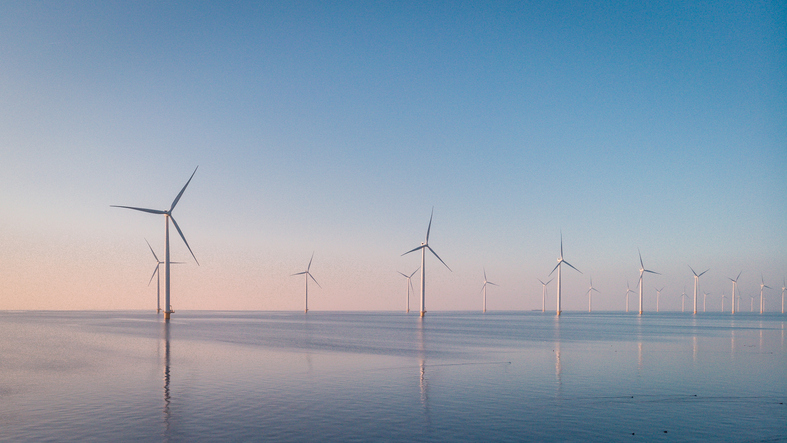Climate and energy policies touch the lives and operations of every Australian household and business. While this can create near-term challenges and complexities, it also provides opportunities to deliver long-run benefits through lower energy costs, cleaner air, more attractive products and services, and enhanced resilience to extreme events such as heatwaves, drought, floods and storms.
The impacts of climate change are likely to be felt most by vulnerable people, especially in suburbs and regional areas. These places are also where households are adopting solar, batteries and electric vehicles—demonstrating that emissions reduction measures can ease cost-of-living pressures while contributing to environmental goals.
Expert analysis by the Australian Energy Market Commission projects households will save around $1,000 each year in energy costs over the next decade under a coordinated renewables rollout. Households that fully electrify by transitioning to electric transportation, appliances, heating, and integrating solar and battery storage could potentially cut energy costs by as much as 70%.
With a clear 2035 target and coordinated investment, tailored regional transition plans can support economic diversification, unlock green industrial growth, and ensure communities are partners in a just transition that reflects our unique strengths and evolving industries.
Investing in training, infrastructure, and community co-design of transition pathways – particularly in regions –can boost workforce participation, build trust, and align clean industry growth to local needs and priorities.
An ambitious target is essential for creating jobs in regions that have underpinned Australia's economy for generations. It will create opportunities for Australian farmers and First Nations communities.
